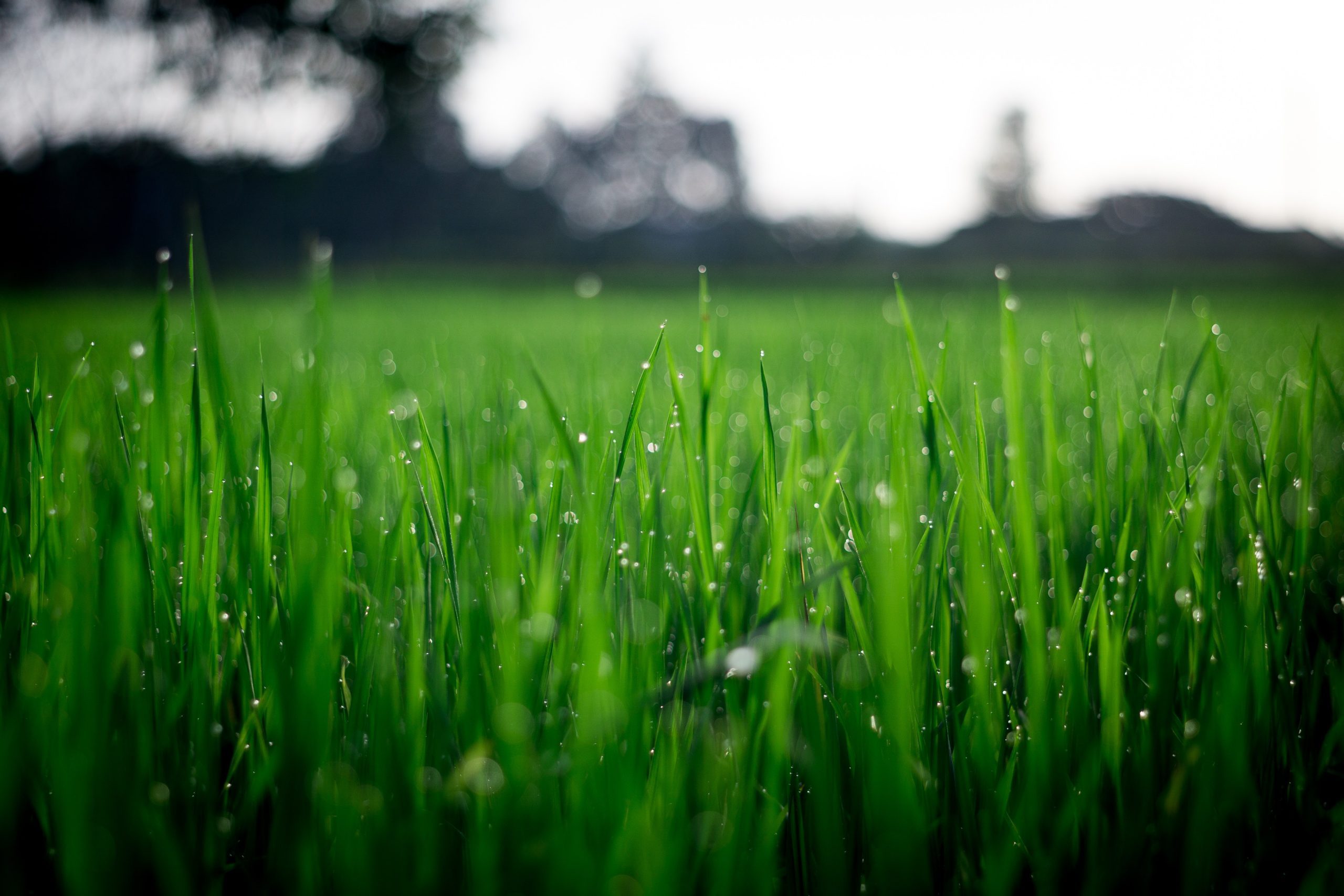The unexpected connection between your lawn and your (healthy) longevity
“Everyone dreams of weedless, bug-free, manicured grass. A multibillion-dollar industry caters to this dream, offering a calibrated poisoning that keeps your world lush yet silently threatens your family, pets, and you.”
It might seem strange for a health coach to be discussing lawn care. Lawn care doesn’t exactly fit into my professional resume.
But if you’re like most homeowners, your lawn (and the care and feeding of it) may be a bit of an obsession. And that’s where the problem begins. Here’s why . . .
The 90 million pounds (and now extimated to be closer to 1 billion) and $9.3 billion spent on herbicides, pesticides, and synthetic fertilizers has turned our lawns into lethal toxic wastelands – not fit for kids, pets, birds, or any other living creatures.
And more surprising, they are linked to the epidemic of chronic disease that affects upwards of 60% of the population worldwide – including our children.
As per a recent report in PubMed: ” . . . chronic, noncommunicable diseases are rapidly becoming epidemic worldwide. Escalating rates of neurocognitive, metabolic, autoimmune and cardiovascular diseases cannot be ascribed only to genetics, lifestyle, and nutrition; early life and ongoing exposures, and bioaccumulated toxicants may also cause chronic disease.”
Chemicals Don’t Stop at your Door
The chemicals we use to “feed” our lawns or extinguish mosquitos don’t simply vanish.
They drift into the air, killing beneficial insects like the all-important bees that pollinate our food and 80% of the world’s flowers.
They sink into the ground, contaminating groundwater, rivers, streams and eventually our food supply.
The runoff of nitrogen from fertilizers creates massive “Dead Zones” where no fish or sea life can survive. (The dead zone at the end of the Mississippi River alone covers a swath of 6,000 – 7,000 square miles.)
They kill off beneficial microbes who nourish the soil – and whose presence is essential to our health.
And it all comes back to bite us, affecting our health and our healthy longevity. In a study of 9,282 people nationwide, pesticides were found in 100% of the people who had both blood and urine tested. The average person carrying 13 of 23 pesticides tested.
The Unexpected Fallout
- Of 30 commonly used lawn pesticides 13 are probable carcinogens, 13 linked with birth defects, 21 with reproductive effects, 15 with neurotoxicity, 26 with liver or kidney damage, 27 are sensitizers and/or irritants, and 11 potential endoccrine (hormonal) disruptors.
- “Inert” substances (that we think of as “inactive” or harmless) may be more toxic to humans than the active ingredient. Ethylene chloride, for instance, is an inert substance found in many lawn-care products, can damage heart, eyes, liver, and adrenal glands. Inerts are not disclosed to the public because they are considered “trade secrets”.
- Neonites (one of the most common insecticides in use today) in pet collars are implicated in the deaths of almost 1,700 pet dogs and cats. Just one food seed (yes, 1 seed) treated with neonites can have enough active ingredient to kill off half a million bees.
- Even low levels of exposure to actual lawn pesticide products are linked to increased rates of miscarriage, and suppression of the nervous, endocrine, and immune systems.
- Studies find pesticide residues inside homes, exposing children at levels ten times higher than preapplication levels.
There are many more mind-blowing facts, but I’m sure you get the point. If you want to live long and well (and help our planet do the same) perhaps it’s time to look for ways to reduce your toxic load. In this case, you can start right outside your door.
Simple tips to create a healthy lawn
“Called the blanket of the earth, the grass plant in its many forms is one of the most remarkable survivors on the planet. It can be cut off and will regrow. It can go dormant if its too hor, too cold, or too thirsty, and then bounce quickly back to health when conditions improve. . .” Paul Tukey, The Organic Lawn Care Manual
- Request a chemical-free treatment from your lawncare company. Most are able to comply with your request.
- Switch to a low-nitrogen organic fertilizer. Apply once in early spring and then again in early fall. Organic nutrients are released slowly over the growing season so they’re available as needed.
- Mow high (2.5 – 3″) and leave grass clippings on the lawn. You won’t have to water excessively and the clippings provide about half of your lawn’s fertilizer needs for the season.
- Grow the Right Grass. Most of us grow the common Kentucky bluegrass and Bermudagrass, both of which need the most water and fertilizer. Switch to more environmentally friendly grasses like perennial ryegrass, fescue, seashore paspalum and centipede grass.
- Overseed Regularly. In nature, plants produce seed to reproduce themselves. When you regularly mow, grass can’t reproduce. Overseeding in spring or fall, introduces robust young plants to fill in bare areas and compete against weeds.
It’s All About Your Soil
Finally, the key to a great lawn is in your soil. Tunkey recommends having a soil sample tested and analyzed and amending it as needed. Weeds and insects thrive when the soil is weak.
And one more note: Take care when droughts cause browning lawns. This is the lawns survival mechanism. They goes dormant to conserve energy. Too much water can “wake up” the lawn before the drought is over.
Let it to sleep until the rains return.
With love, ♥
Questions? Want to chat? email me at elaine@elainepauly.com
References:
Lawn Pesticide Facts and Figures


Leave A Comment